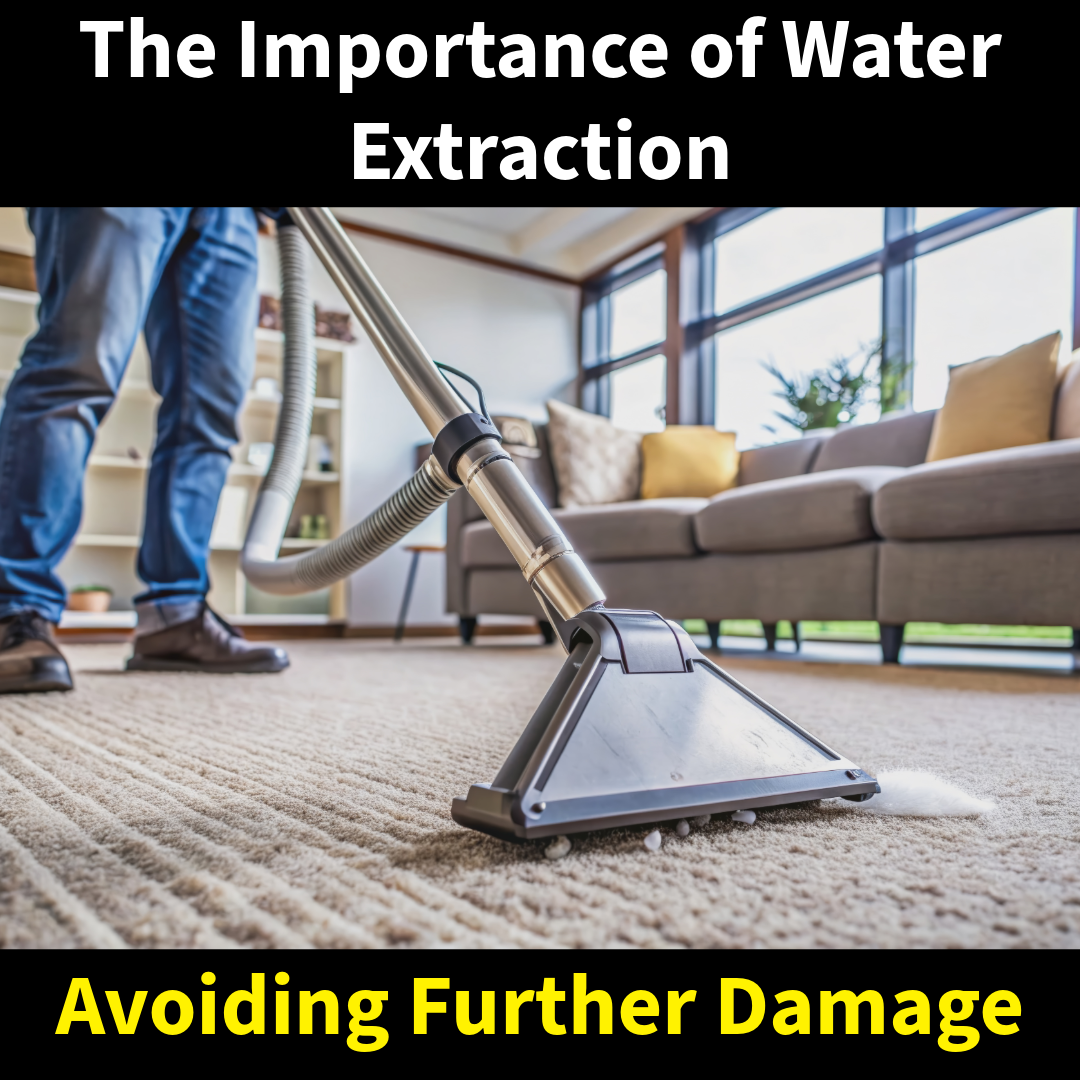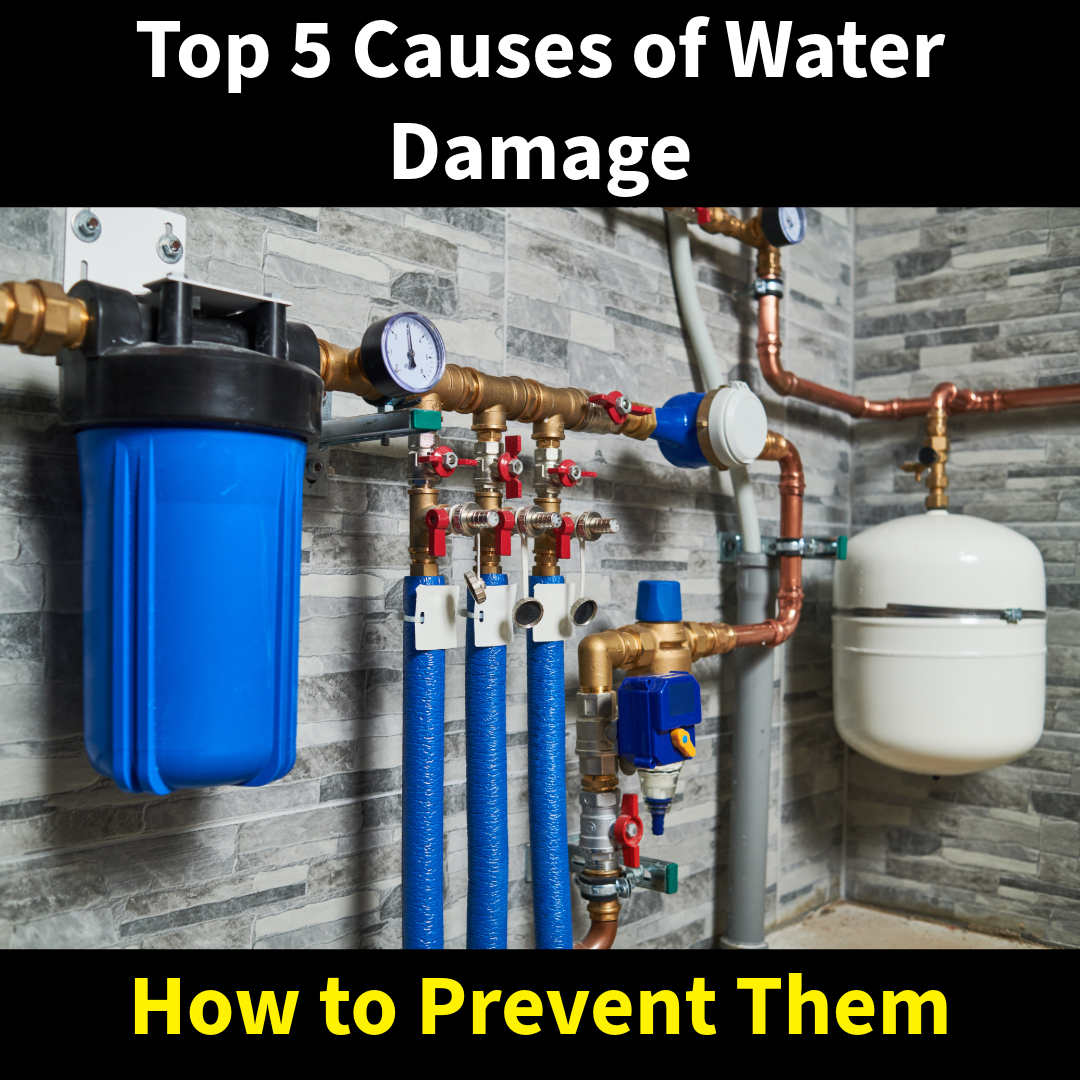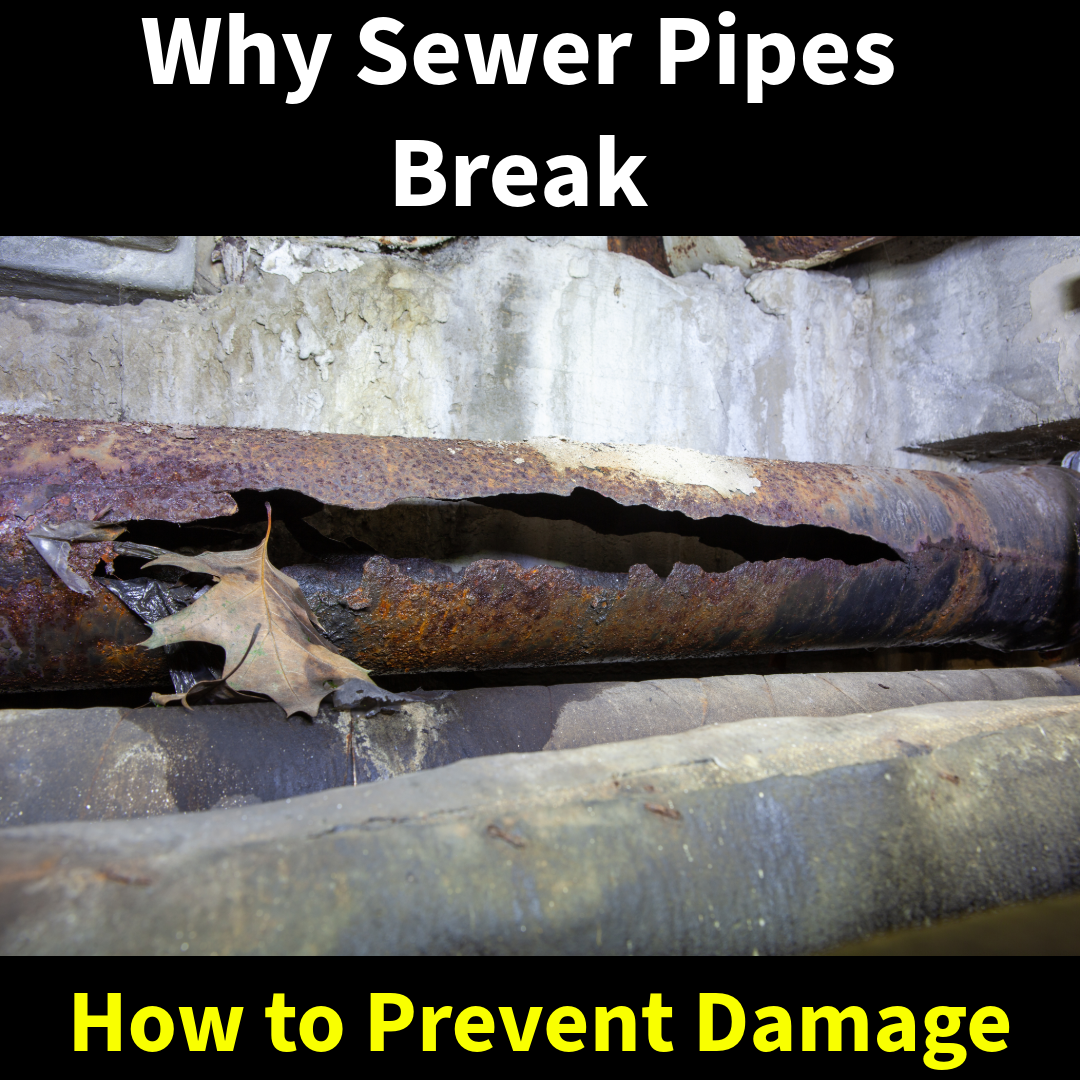When it comes to water damage restoration, one of the most critical steps is water extraction. Prompt and effective water removal can significantly reduce the extent of damage to your property and prevent further issues, such as mold growth. In this blog, we’ll discuss what water extraction is, its importance, and the process involved.
What is Water Extraction?
Water extraction is the process of removing standing water from a property following a water damage event. This can result from various sources, including flooding, burst pipes, or appliance leaks. The goal of water extraction is to eliminate as much water as possible to minimize damage and set the stage for effective drying and restoration.
Why is Water Extraction Important?
- Prevents Structural Damage: Standing water can weaken structural elements of your home, such as walls, floors, and foundations. Prompt extraction helps maintain the integrity of your property.
- Reduces Mold Growth: Mold can begin to develop within 24 to 48 hours after water exposure. Efficient water extraction reduces moisture levels, helping to prevent mold and mildew infestations.
- Improves Air Quality: Excess moisture can lead to poor indoor air quality and health issues. By removing water quickly, you can help ensure a healthier living environment.
- Minimizes Loss of Personal Belongings: The longer water remains, the more likely personal items and furnishings will be damaged. Swift extraction can save your valuables from irreparable harm.
- Facilitates the Restoration Process: Water extraction is a crucial first step in the overall restoration process, allowing other recovery efforts, like drying and sanitizing, to proceed more effectively.
The Water Extraction Process
- Assessment: A professional will assess the damage, determining the extent of the water intrusion and identifying the source.
- Water Removal: Using specialized equipment like submersible pumps and wet vacuums, professionals will remove standing water quickly and efficiently.
- Drying: After extraction, high-powered fans and dehumidifiers are used to dry out the affected areas, ensuring no moisture remains in walls, floors, or other materials.
- Cleaning and Sanitizing: The final step involves cleaning and disinfecting to eliminate bacteria and prevent mold growth.
Conclusion
Water extraction is a vital part of the water damage restoration process. Acting quickly and effectively can save your home from significant damage and help restore it to its pre-loss condition. Some water damage restoration companies do not have the appropriate equipment and training, thusly leaving wet materials behind and mold to grow at a later date. Be sure to do your due diligence when hiring a water damage restoration company, as poor workmanship and over billing can lead to massive issues down the road.


